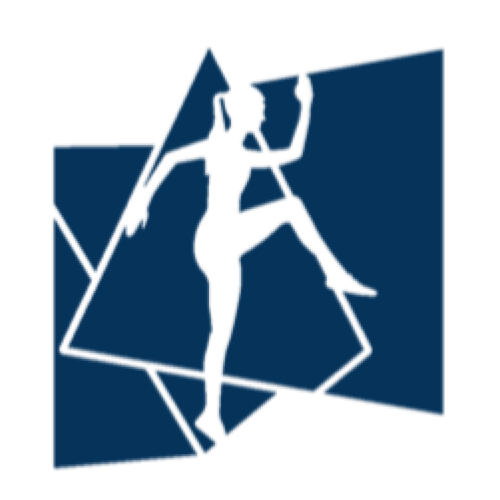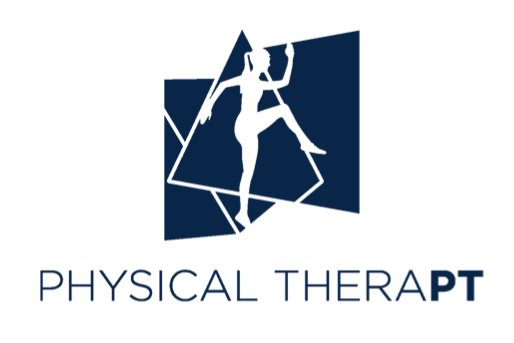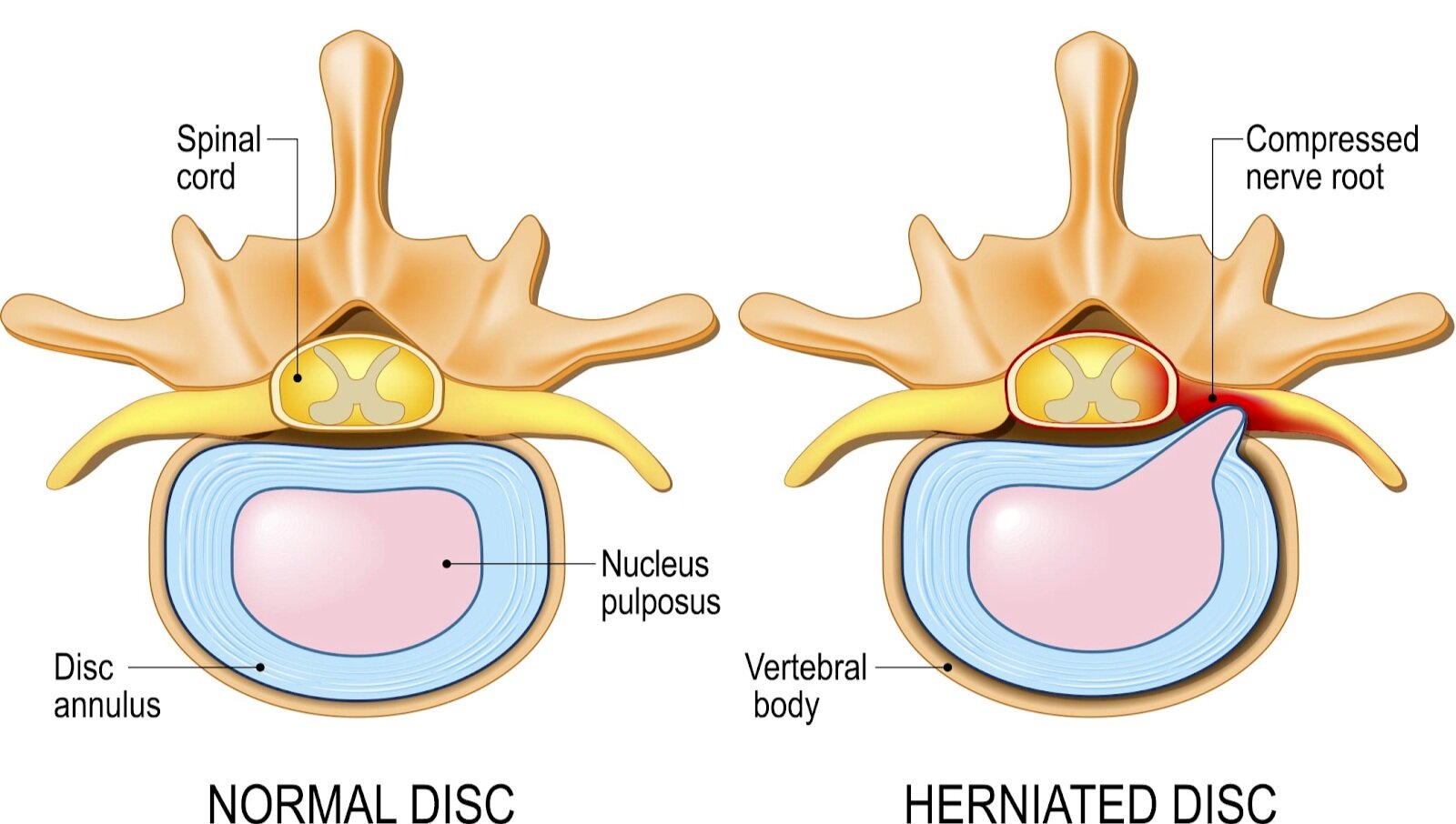NSAIDs and rehabilitative care are the first line of treatment for the majority of low back pain patients. When appropriate, epidural injections can be utilized to reduce inflammation and allow for improved tolerance for exercise. Surgery is considered with severe disc herniations or when conservative care fails.
Given the prevalence of disc injuries, science is constantly searching for new strategies to treat patients. In recent years, there has been research in the potential for replacing and re-growing intervertebral discs! Two of these novel methods are stem cell therapy and gene therapy.
Stem Cell Therapy
Currently, the best surgical strategy for severe disc injuries is either spinal fusions or disc removal. Both result in decreased function, and can have long term effects on joint health. Stem cell therapy aims to provide an alternative solution, either surgically or through injections. Cells from bone marrow tissue and adipose tissue have show the ability to develop into a structure very similar to the nucleus pulposus. Research hypothesizes that these cells can be used to grow vertebral discs in a lab, or be injected to support disc regeneration.
In a 2019 systematic review by Meisel et al, the team of researchers looked at stem cell therapy for the treatment of disc degeneration. They found the strength of the current evidence to be poor due to the low number of studies and that all reviewed studies were small and primarily case series. It was recommended that larger, more robust studies be performed to accurately evaluate this potential new treatment.
Gene Therapy
Researchers argue that it is almost impossible to stop the progression of degeneration once it’s be diagnosed. Disc tissue lacks the regenerative properties that other cells in our bodies possess, and their low supply of oxygen and nutrition further challenges cell survival. Injecting genetic material in to very specific cells can alter this pattern, and help extend the life of spinal discs. There are several methods for this process, however RNA interference stands out as the best possible strategy currently.
A 2020 paper by Takeoka et al. proposes in depth the potential for gene therapy as a treatment strategy for degenerative disc disease. Despite listed obstacles, they assert “the amount of research is increasing and broadening, and so it is not unrealistic to expect a breakthrough from these studies over the coming few years.”
Both cutting edge procedures are still in the early stages of development, but show promise. However, medication nor surgery will never be the sole solution. It’s essential to assess your movement patterns, and address any strength imbalances or weakness.
To learn more, check out these articles:
Meisel HJ, Agarwal N, Hsieh PC, et al. Cell Therapy for Treatment of Intervertebral Disc Degeneration: A Systematic Review. Global Spine J. 2019;9(1 Suppl):39S‐52S. doi:10.1177/2192568219829024
Takeoka Y, Yurube T, Nishida K. Gene Therapy Approach for Intervertebral Disc Degeneration: An Update. Neurospine. 2020;17(1):3‐14. doi:10.14245/ns.2040042.021









